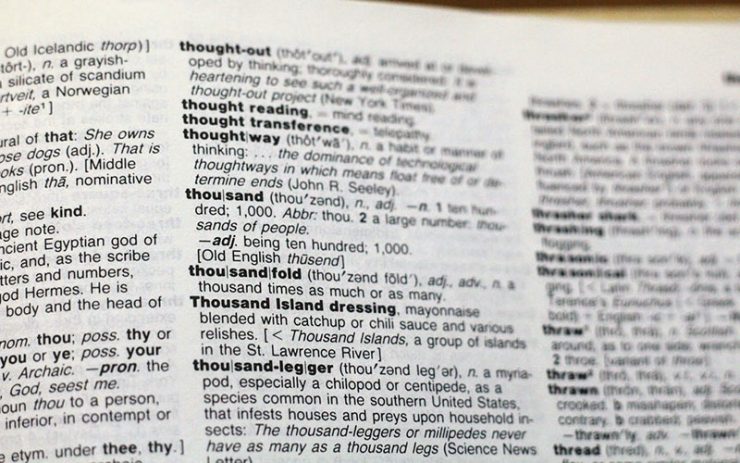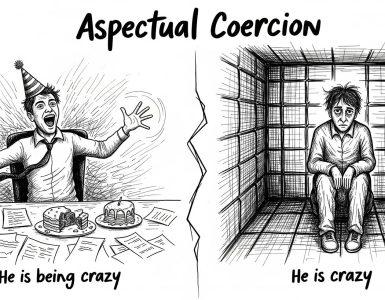Different languages around the world have very little in common but one of the unique features all languages have in common is the existence of homonyms. Homonyms are words that are written and pronounced the same but have different meanings. Homonyms are very common in English language, you can see some of the examples below:
- bark: an explosive cry of a dog
- bark: the tough protective outer sheath of the trunk
They are both nouns, but our brain does not have a problem distinguishing them from each other in the context.
- right: morally good, justified, or acceptable
- right: true or correct as a fact
- right: relating to the right a human body
‘right’ as a adjective has even more than these three meanings, but these are the most important ones.
For some words like ‘take’ you can find more than 15 different meanings. To be honest it is difficult to find a word in English language with only one meaning.
How does your brain process that?
You may have noticed that you cannot recognize the meaning of a hyponym as a single word, when it is not used in a sentence or seen in the context. That is because your brain does not process words one by one; instead it processes them as clusters. Each cluster consists of a few different words that are connected in a specific way and our brain can get to concept by analyzing the whole cluster as one concept.
depending on the part of speech of each word, its cluster can consist of different words with different parts of speech. Our first example ‘bark’ is a noun and nouns have strong relationship with verbs ,adjectives and other nouns in a sentence. it means by adding a verb or adjective and making a word cluster our brain will be able to recognize the meaning of that word easily:
- to hear a bark
- a loud bark
- a thick bark
- to touch the bark
as you can see the meaning of each ‘bark’ is very clear for your brain. For some words like verbs, word cluster can be more complicated. Many verbs are distinguished by their connection with their subject and objects and the use of prepositions. This makes their word clusters more complicated than other words. for example the meaning of a verb like ‘take’ with many definitions can be recognized by the number of objects it has, the proposition those objects have ,the type of object and also the adverb(s) describing the verb. Here are some examples:
- to take someone somewhere
- to take something from someone
- to take something seriously
As you can see the meaning of this verb becomes clear by a much more complicated word cluster.
Can AI use the same method?
As much as I know it can and actually we at LanGeek are trying to make a NLP engine using the same method in order to recognize words meanings. I may have oversimplified everything in this post. What I did not mention here was the concept of ‘context’ and its impact on the meaning of a word. In fact, in order to find the exact meaning of each word in a sentence, we should see the whole text or big chunks of it as very huge word clusters that include smaller parts. Each part should be processed both individually and together in order to get the best result.
* Image from https://unsplash.com





Asking questions are actually nice thing if you are not understanding
anything entirely, but this post provides nice understanding even.